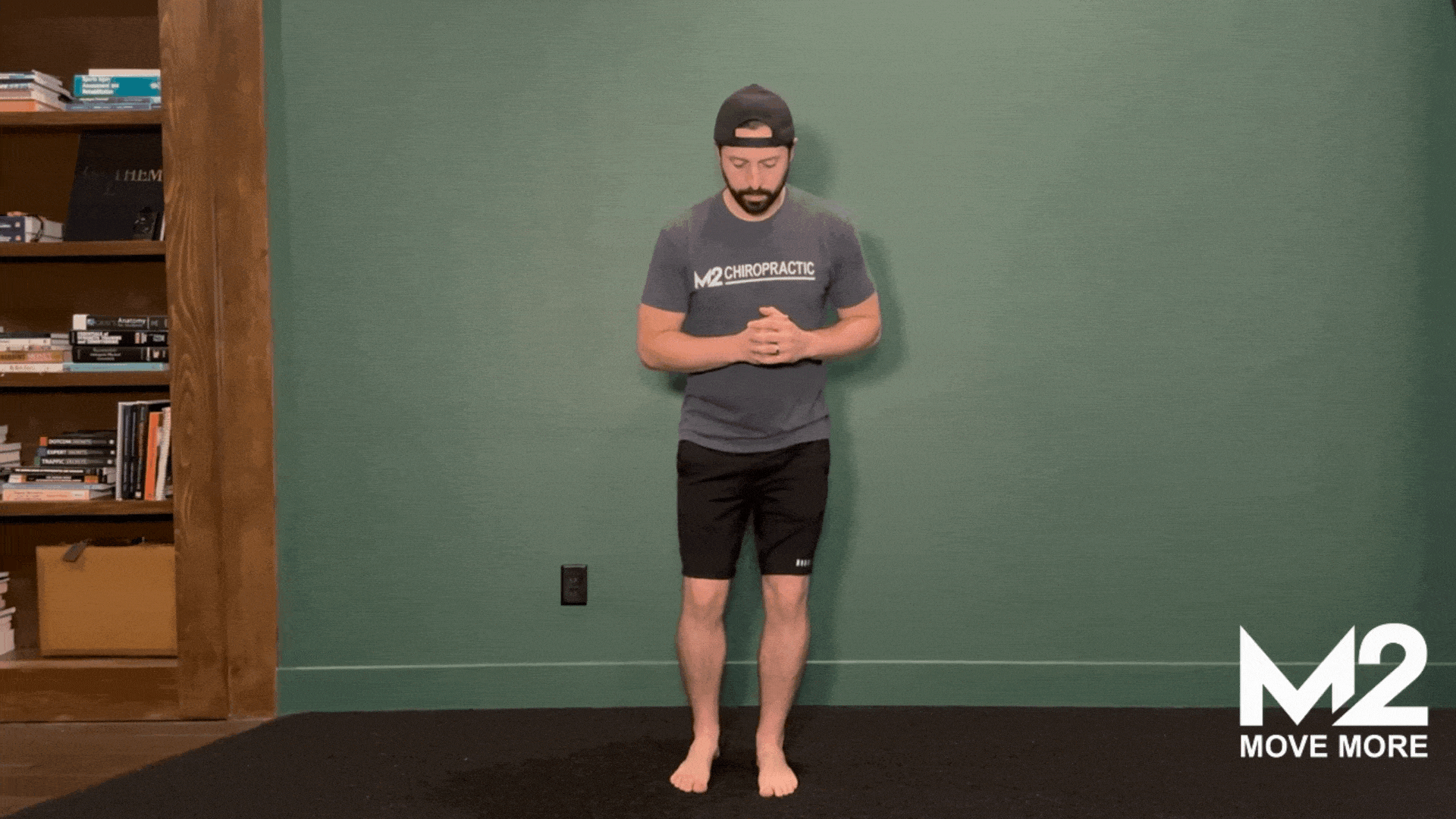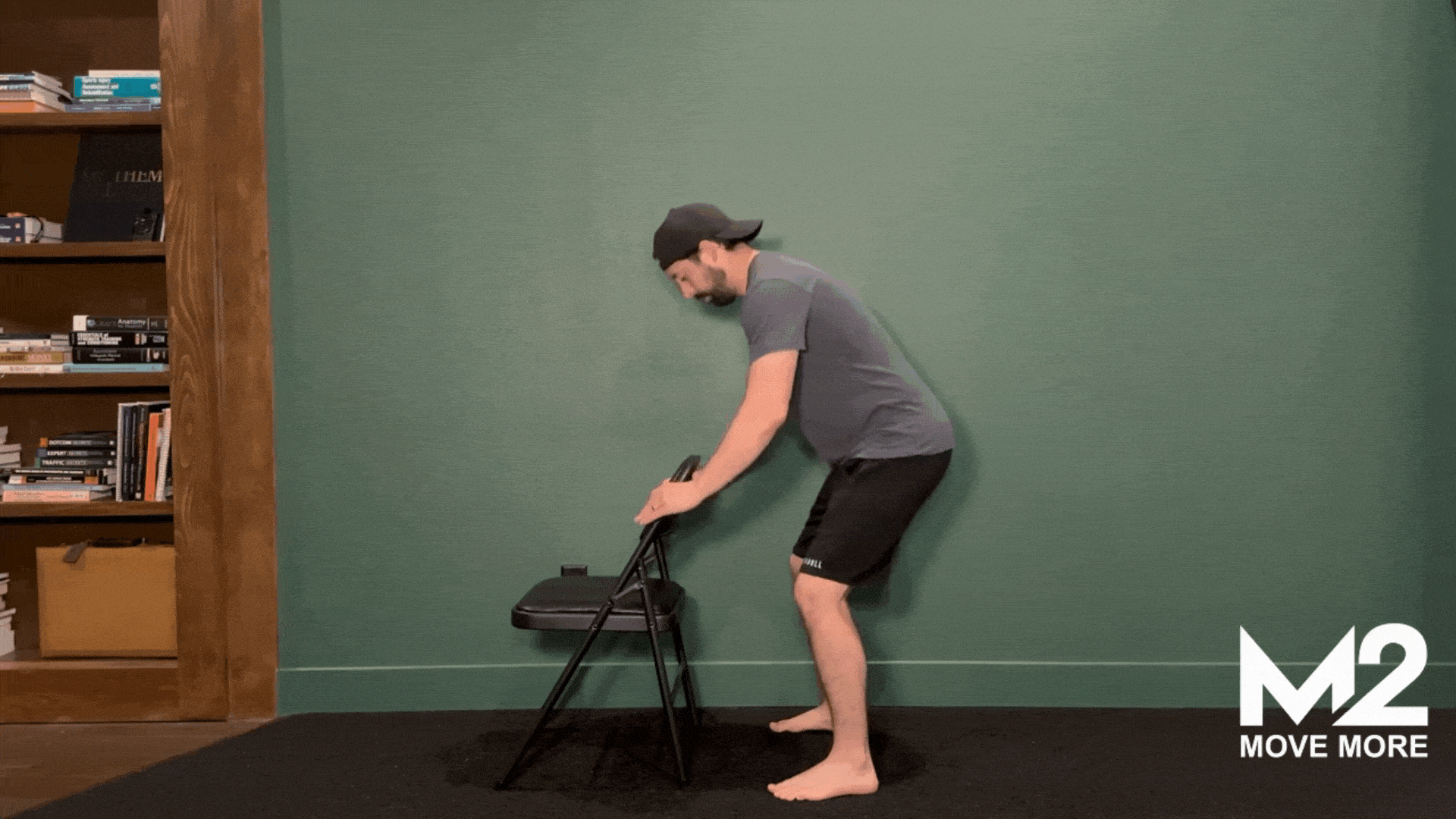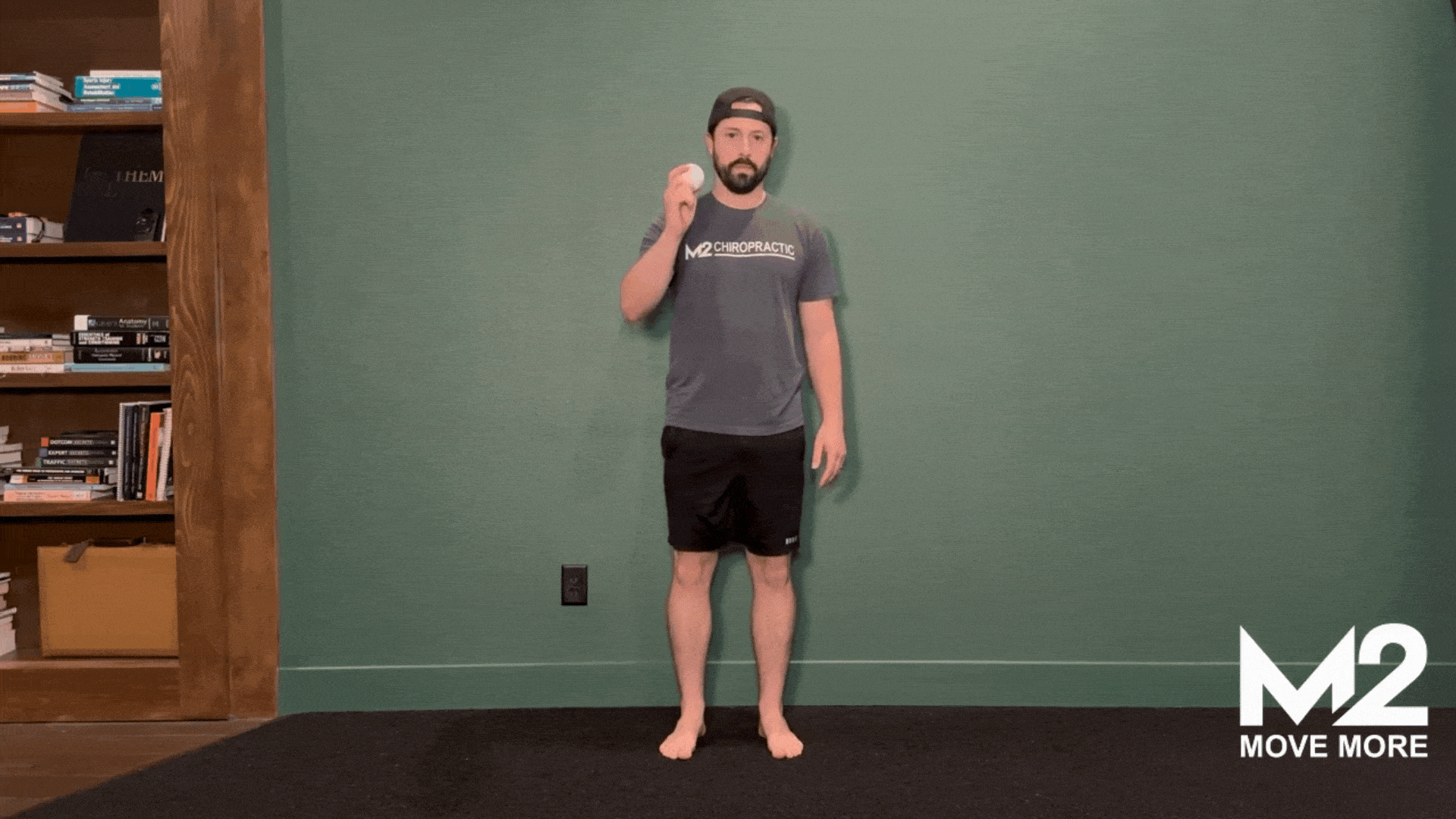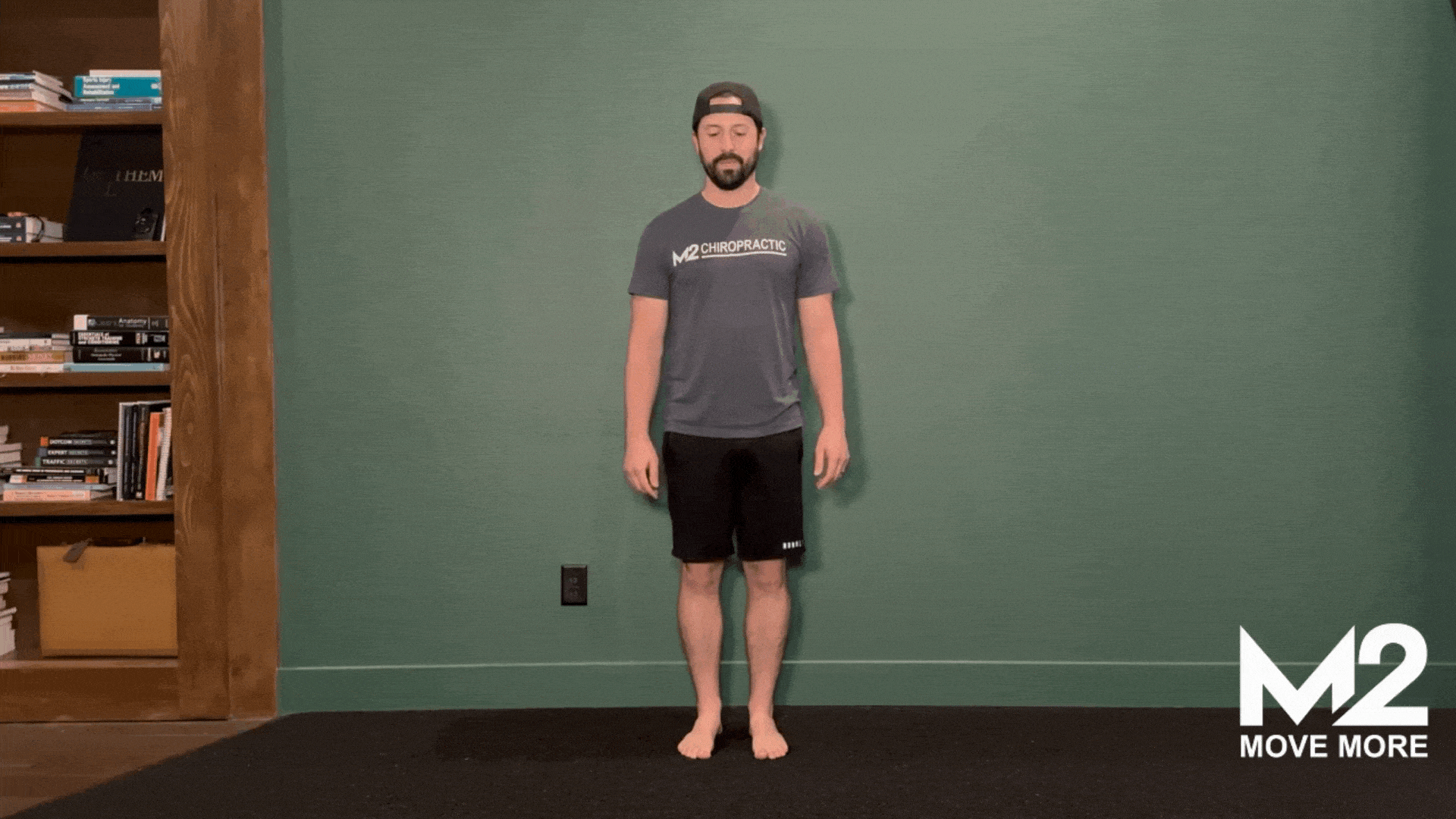- Move More Minute
- Posts
- How to Stay Balanced and Prevent Falls As You Age
How to Stay Balanced and Prevent Falls As You Age
Learn How I Help My Patients Stay Balanced and Prevent Falls As They Age

Read Time: ~4 minutes
Time to perform exercises: ~10 minutes
Ever catch yourself wobbling a little more than you used to?
Like stepping off a curb and needing a second to steady yourself?
You’re not alone—and you’re not broken. Balance just isn’t something most of us train… until it becomes a problem.
But here’s the good news: Balance is a skill. And it can be rebuilt.
Presented By The Black Tux
Your Groom's Wedding Look Is Handled (And Free)
Planning a wedding means a thousand decisions. Here's one you can cross off the list: your groom's attire. The Black Tux delivers perfectly fitted tuxedos and suits right to your door, with free home try-ons so he looks flawless on your big day. Or visit one of our showrooms nationwide for hands-on styling. No awkward rental store visits, no mystery fit issues, no stress.
Plus, grooms get their wedding look completely free when the groomsmen rent with us. One less expense, zero compromise on style.
Why This Matters
Falls are the leading cause of injury-related death in older adults.
And while age doesn’t have to equal decline, several common issues sneak up:
We get weaker
Our muscles react slower
Our joints get stiff
Our feet lose sensitivity
We stop moving in ways that challenge balance
The good news?
Each of these can be retrained, even well into your 60s, 70s, and beyond.
What Really Controls Balance?
There are 5 key systems at play:
Strength – Especially in your hips, legs, and core
Proprioception – Your body's ability to feel where you are in space
Joint Mobility – So your joints can get into the right positions
Muscle Tone – How “ready” your muscles are to respond
Reactivity – How quickly your muscles respond when challenged
While balance is a full-body effort, four regions are especially important:
Feet – Your first line of defense. They sense the ground and feed the brain vital information
Knees – Absorb shock and adjust quickly to changes underfoot
Hips – The powerhouse of your balance system. Weak hips = unstable movement
Low Back & Core – Control posture, stability, and how force travels through your body
When any of these regions weakens or stiffens, your balance takes a hit.
That’s why this week’s routine targets all four.
Your 10-Minute Balance Routine
Each of these exercises targets a specific system that supports balance: strength, proprioception, joint mobility, muscle tone, and reactivity.
They focus on the core, hips, knees, and feet—the areas most responsible for keeping you upright and steady.

1. Strength: Slow Sit To Stand — 3 sets of 10
Builds strength and control in the hips, core, and knees—especially important for safe landings and daily transitions.
How to do it:
Start from standing, positioned in front of a firm chair.
Cross your arms or reach them forward.
Lower yourself into the chair as slowly and with as much control as possible—don’t plop.
Reset and repeat.
To progress: Try lightly tapping the chair without fully sitting down.

2. Proprioception: Single-Leg Clock Taps —30 seconds per leg
Trains body awareness and foot/knee control—especially helpful for uneven surfaces or surprise slips.
How to do it:
Stand on one leg. Lightly tap your other foot forward (12 o’clock), out to the side (3 o’clock), and behind you (6 o’clock).
Stay tall. The foot barely touches—your balance leg does the work.
Repeat on the other side.
Tip: Start near a wall or counter for support if needed. Perform with your shoes off to maximize the benefit.

3. Joint Mobility: Deep Squat and Rock — 1 minute
Improves hip, knee, and ankle mobility—so your joints can get into the right positions.
How to do it:
Stand with feet shoulder-width apart.
Squat as low as comfortable.
Reach both arms forward and gently rock side to side at the bottom.
Hold onto a counter or chair for balance if needed.

4. Muscle Tone: Lacrosse Ball Foot Roll — 30 seconds per foot
Stimulates nerve endings and muscles in the foot. Can help “reset” muscle tone if it is too high or too low.
How to do it:
Stand near a wall or counter for support.
Place a lacrosse ball under the arch of your bare foot.
Slowly roll from heel to toes, pausing on any tender spots.
Apply gentle pressure—not pain. You should feel more grounded and “awake” through the foot and leg when done.

5. Reactivity: Step and Fall — 15 reps per leg
Trains quick reaction and dynamic stability—so your body knows how to “catch” itself before a fall.
How to do it:
Stand tall with your feet together.
Let yourself gently fall forward (like you’re about to trip) and immediately catch yourself by stepping out with your front foot.
Land strong with a bent knee and active core, then return to your starting stance.
Repeat on both legs.
Tip: Start with small, controlled “falls.” It should feel safe, not scary. If it feels too easy, try waiting as long as you can to catch yourself, but make sure to stay safe.
Bonus Health Insight: Walk Outside!
Walking or hiking on unpaved, uneven trails is one of the most powerful and natural ways to improve balance.
Why? Because it challenges every part of your system:
Your feet have to constantly adapt to changing terrain
Your hips and knees respond to small shifts with every step
Your core stays engaged to keep you upright
And your brain gets better at planning and reacting
It’s real-world training that forces your balance system to stay sharp—and it works.
And here’s a bonus:
Walking more in general has been linked to better brain health as you age.
People who walked around 3,800 steps/day (~2 miles) had about 25% lower dementia risk, and those at 9,800 steps/day (~5 miles) had a 51% lower risk over a seven-year follow-up (Harvard Health / Alzheimer’s Research & Therapy)
Just 35 minutes of moderate to vigorous activity per week was linked to a 41% lower dementia risk (Johns Hopkins School of Public Health)
And while most studies look at total steps or intensity, new research shows that walking on uneven terrain also engages the brain—especially areas tied to focus, adaptability, and quick decision-making.
Bottom line: Regular walking improves brain health. Uneven trails make it even more powerful.
What You Can Do
Add 1–2 unpaved walks or hikes per week into your routine
Start with flat dirt trails or gravel paths, then progress to more varied terrain
Pair trail walks with the 10-minute balance routine from this week’s issue for full-body, brain-engaged results
What Do You Want for Next Week?
That’s it for this week!
If you made it this far, I hope you found something helpful to keep you moving better and feeling more confident on your feet.
Before you go, I’d love to know what you want next:
Next week, would you rather I focus on... |
Click your choice above — I’ll go with the most voted topic next week.
See you next week,
P.S.: If you’re struggling with balance, focusing on your core and low back can make a huge difference.
That’s why I’m making my Low Back Course. To help you build strength, stability, and control. The beta version is 50% off—and enrollment ends soon.
Click here to learn more if you’re interested.

Dr. Matt Moreno, D.C., C.C.S.P.®
The Move More Minute
When you’re ready, here’s how I can help:
Personalized Advice – Hit reply, tell me what’s going on, and I’ll respond.
1-on-1 Sessions – Virtual and in-person consults available. Learn More Here
Free Resources – Check out our guides, protocols, and soft tissue tools.
Here is the latest guide: How To Get Out Of Pain
Digital Courses Coming Soon –Join the waitlist for my digital courses to let me know exactly what courses you want and to get early access to them - Join The Waitlist Here
What did you think of today's newsletter? |
Disclaimer: The information provided in this newsletter is for educational and informational purposes only and is not intended as a substitute for professional medical advice, diagnosis, or treatment. Always seek the advice of your physician, chiropractor, or other qualified healthcare provider with any questions you may have regarding a medical condition or before starting any new exercise program.
The exercises and suggestions provided are general recommendations and may not be suitable for everyone. If you experience pain, discomfort, or any concerning symptoms while performing these exercises (such as numbness, dizziness, or increased pain), stop immediately and consult a qualified healthcare professional.
Do not disregard professional medical advice or delay seeking it because of something you have read in this newsletter. The author, Move More Minute, and its affiliates assume no responsibility for injuries or issues that may arise from following the recommendations provided. By engaging with this content, you agree to do so at your own risk.
For personalized care or specific advice, please schedule an appointment with a qualified professional.

